
AlphaLISA GSH Acceptor Beads, 250 µg
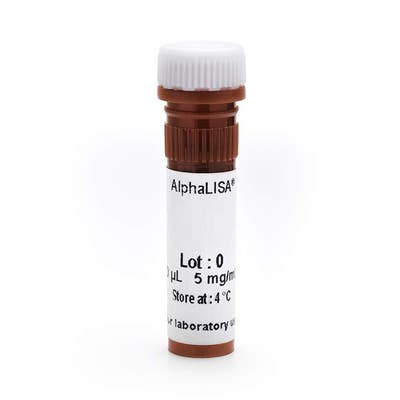

AlphaLISA GSH Acceptor Beads, 250 µg
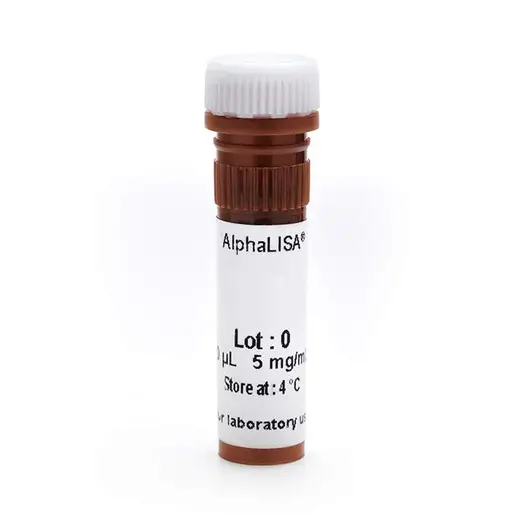


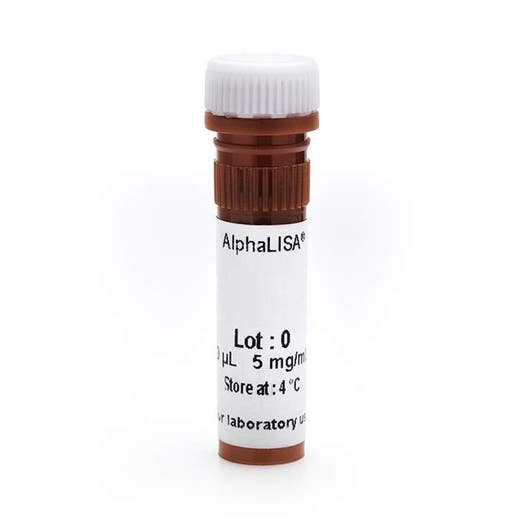


AlphaLISA™ Acceptor beads conjugated to glutathione. These beads can be used to capture GST-tagged proteins and peptides.
| Feature | Specification |
|---|---|
| Application | Protein-Protein Interaction |
AlphaLISA™ Acceptor beads conjugated to glutathione. These beads can be used to capture GST-tagged proteins and peptides.



AlphaLISA GSH Acceptor Beads, 250 µg



AlphaLISA GSH Acceptor Beads, 250 µg



Product information
Overview
These beads can be used to capture GST-tagged proteins and peptides, and can be used in conjunction with Alpha Donor beads to create AlphaLISA™ no-wash assays for:
- Protein-protein interaction assays
- Protein detection assays
- Enzymatic assays
In a typical AlphaLISA assay, 1 mg of Acceptor beads is sufficient to run 1,000-2,000 wells using a 50 µL reaction volume.
Features:
- No-wash steps, no separation steps
- Ease-of-use: few addition steps, fast assay development
- Broad range of affinities: detect strong or weak interactions, from pM to mM affinity
- Distance: measure very large protein or antibody complexes – spanning up to 200 nm or more
- High avidity: multiple binding sites on each bead enables use of nanomolar concentrations of antibodies or proteins, as well as use of low affinity binders
AlphaScreen® and AlphaLISA™ are bead-based assay technologies used to study biomolecular interactions in a microplate format. The acronym ""Alpha"" stands for amplified luminescent proximity homogeneous assay. As the name implies, some of the key features of these technologies are that they are non-radioactive, homogeneous proximity assays. Binding of molecules captured on the beads leads to an energy transfer from one bead to the other, ultimately producing a luminescent/fluorescent signal. To understand how a signal is produced, one must begin with an understanding of the beads. AlphaScreen and AlphaLISA assays require two bead types: Donor beads and Acceptor beads. Each bead type contains a different proprietary mixture of chemicals, which are key elements of the AlphaScreen technology. Donor beads contain a photosensitizer, phthalocyanine, which converts ambient oxygen to an excited and reactive form of O2, singlet oxygen, upon illumination at 680 nm. Please note that singlet oxygen is not a radical; it is molecular oxygen with a single excited electron. Like other excited molecules, singlet oxygen has a limited lifetime prior to falling back to ground state. Within its 4 µsec half-life, singlet oxygen can diffuse approximately 200 nm in solution. If an Acceptor bead is within that proximity, energy is transferred from the singlet oxygen to thioxene derivatives within the Acceptor bead, subsequently culminating in light production at 520-620 nm (AlphaScreen) or at 615 nm (AlphaLISA). In the absence of an Acceptor bead, singlet oxygen falls to ground state and no signal is produced. This proximity-dependent chemical energy transfer is the basis for AlphaScreen's homogeneous nature.
Specifications
| Application |
Protein-Protein Interaction
|
|---|---|
| Automation Compatible |
Yes
|
| Bead Type or Material |
AlphaLISA Acceptor
|
| Brand |
AlphaLISA
|
| Conjugates |
Glutathione
|
| Detection Modality |
Alpha
|
| Host Species |
Human
|
| Product Group |
Beads
|
| Shipping Conditions |
Shipped in Blue Ice
|
| Target Class |
Binding Assay
|
| Technology |
Alpha
|
| Unit Size |
250 µg
|
Video gallery

AlphaLISA GSH Acceptor Beads, 250 µg

AlphaLISA GSH Acceptor Beads, 250 µg

Resources
Are you looking for resources, click on the resource type to explore further.
Electrophoretic Mobility Shift Assay (EMSA) is a standard technique used to study protein-DNA interactions. It is a radioactive...
Alpha has been used to study a wide variety of interactions, including protein:protein, protein:peptide, protein:DNA, protein:RNA...
Fc Gamma Receptors (FcγRs) are critical for the function of therapeutic antibodies and mediate many effector functions.
Therapeutic...
A Bruton Tyrosine Kinase (BTK) case study
PROteolysis Targeting Chimeras (PROTACs) are one of the latest trending tools used in...
Loading...


Recently viewed
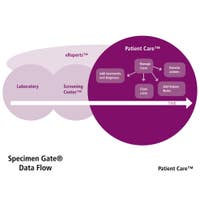
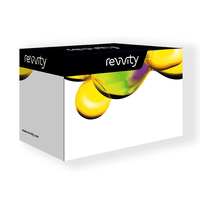
How can we help you?
We are here to answer your questions.






























